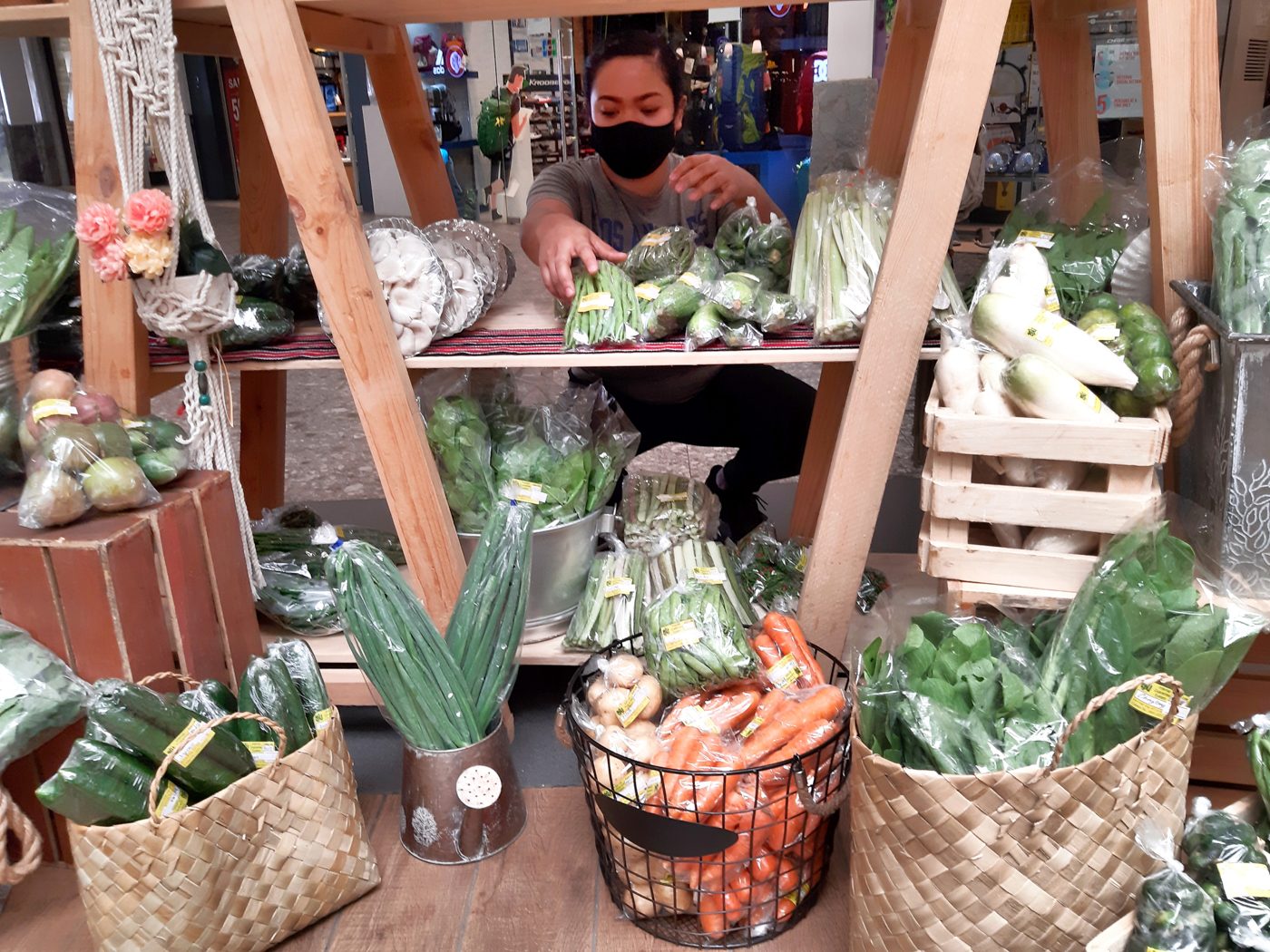SUMMARY
This is AI generated summarization, which may have errors. For context, always refer to the full article.

The rate of increase in the prices of consumer goods and services remained within desirable range, with inflation at 2.7% in July, said the Philippine Statistics Authority on Wednesday, August 5.
The latest figure is higher than the 2.5% registered in June, but still well within the government forecast of 1.75% to 3.75% for 2020.
Year-to-date, inflation stands at 2.5%.
The costs of transportation and housing, water, electricity, gas, and other fuels were the main sources of the higher inflation in July.
National Statistician Dennis Mapa noted that tricycle fare continued to go up, from P8.50 in July 2019 to around P17 this year, amid limited transportation options caused by lockdowns.
Prices of meat and other food products increased, while fish, fruits, and vegetables registered lower prices.
Rice prices decelerated for the 15th straight month.
Inflation in the National Capital Region (NCR) increased to 2.2%, due to higher costs of transportation, health, and alcoholic beverages and tobacco.
Inflation in areas outside NCR inched up to 2.9%, with Bicol posting the highest at 4.2%. There were 6 regions with higher inflation rates, while inflation in 8 regions eased. Only 2 regions maintained the same rates from June.
Inflation for the bottom 30% income households slowed down to 2.9% from 3%.
“Although we expect that the overall consumer prices will remain benign until 2021, we recognize that the upside risks to the inflation outlook still remain,” Acting Socioeconomic Planning Secretary Karl Chua said in a statement.
“We need to remain vigilant and ensure that strategies are well-placed to ensure stable supply and delivery of essential commodities in all parts of the country.”
Economists of the Bangko Sentral ng Pilipinas (BSP) earlier projected that higher fuel costs pushed inflation up, as people started to move more freely due to relaxed lockdown rules.
But the BSP also previously said that the strong peso pushed down prices of basic goods, as its appreciation made imported raw materials and other goods cheaper.
Low inflation is generally good for consumers, as it boosts purchasing power.
Low inflation may also be a symptom of a weak economy, however, due to little market activity amid the coronavirus crisis. – Rappler.com
Add a comment
How does this make you feel?
![[In This Economy] Is the Philippines quietly getting richer?](https://www.rappler.com/tachyon/2024/04/20240426-Philippines-quietly-getting-richer.jpg?resize=257%2C257&crop=194px%2C0px%2C720px%2C720px)
![[In This Economy] A counter-rejoinder in the economic charter change debate](https://www.rappler.com/tachyon/2024/04/TL-counter-rejoinder-apr-20-2024.jpg?resize=257%2C257&crop=267px%2C0px%2C720px%2C720px)
![[Vantage Point] Joey Salceda says 8% GDP growth attainable](https://www.rappler.com/tachyon/2024/04/tl-salceda-gdp-growth-04192024.jpg?resize=257%2C257&crop_strategy=attention)
![[ANALYSIS] A new advocacy in race to financial literacy](https://www.rappler.com/tachyon/2024/04/advocacy-race-financial-literacy-April-19-2024.jpg?resize=257%2C257&crop_strategy=attention)

There are no comments yet. Add your comment to start the conversation.